Everything you need to know about gelling agents used in pastry: Gelatin, Pectin, Agar-agar, Xanthan Gum
If you love pastry, you have probably used gelling agents like gelatin or pectin. Like other ingredients, they are used without really knowing all their properties and secrets.
In fact, there is a variety of gelatins, pectins, and powders, each with its own differences, advantages, and disadvantages.
Gelatin
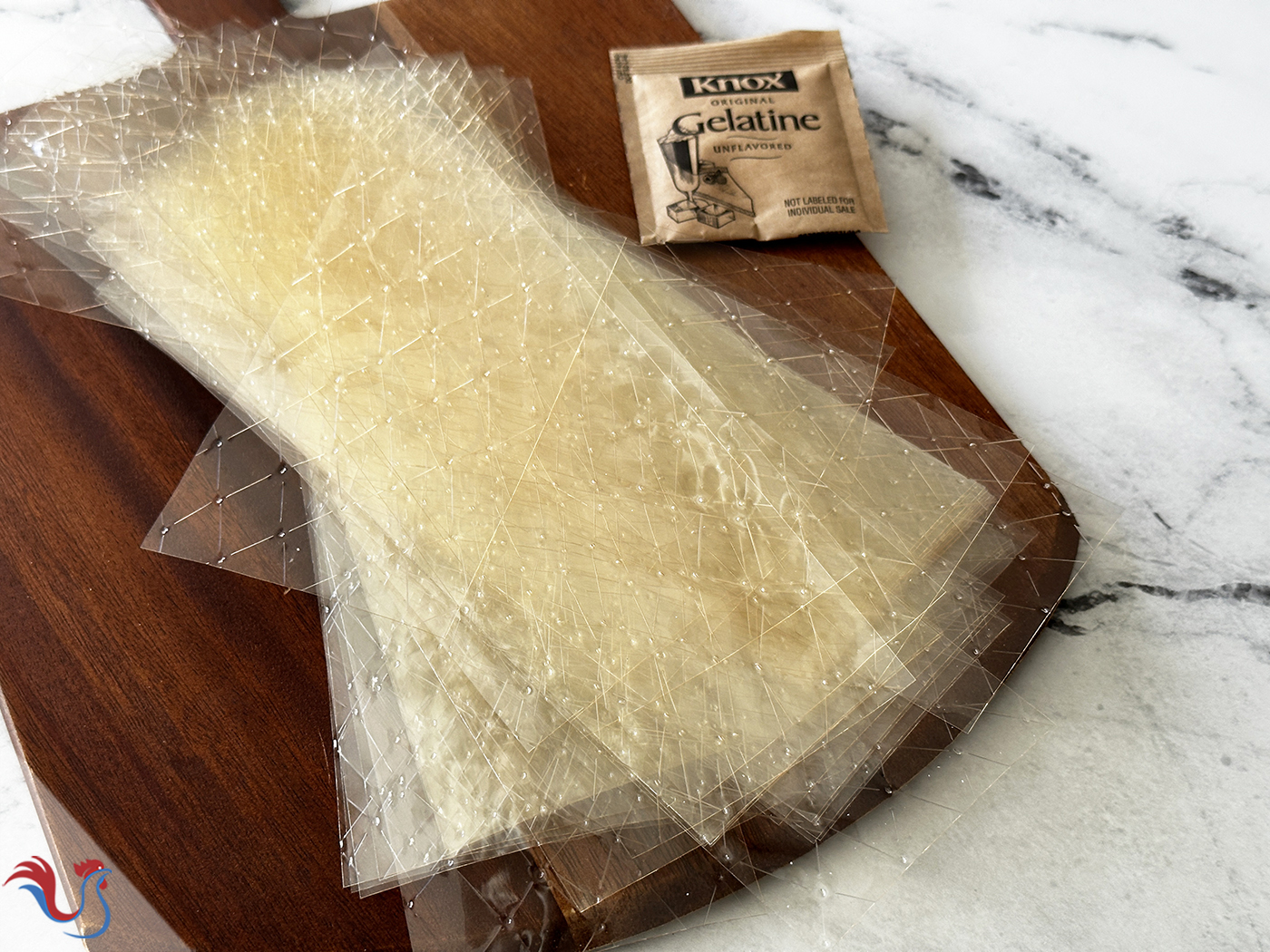
What is it ?
Gelatin is an animal collagen derivative, typically from pork or beef. Fish gelatin is a form of gelatin obtained from lean fish like pollock, whiting, or cod.
It is an animal gelling agent commonly used as a base ingredient in the production of confectioneries, desserts (such as marshmallows and gummy candies), and basic preparations like mousses and jellies (panna cotta).
The first traces of gelatin use date back to ancient Egypt, where broths made from animal skins and tendons were used for their gelling properties. It was in the 19th century that gelatin production underwent a true revolution with the invention of the first industrial methods to extract gelatin more quickly and efficiently.
Different Types
Several types of gelatin are commonly used in pastry.
Sheet gelatin
● is often preferred by pastry professionals for its purity and precise dosage control. It is usually available in transparent or slightly yellow sheets. Advantage: It is easier to dose, has fewer risks of lumps, and offers a very silky texture. Disadvantage: It needs to be pressed, and there is a risk of adding water that alters the preparation.
Powdered gelatin
● is obtained from the same process as sheet gelatin, but it is dehydrated and turned into small granules. It is usually sold in packets or boxes. Advantage: It is practical because it does not release water, making it more precise to use. Disadvantage: I find it has a less neutral odor.

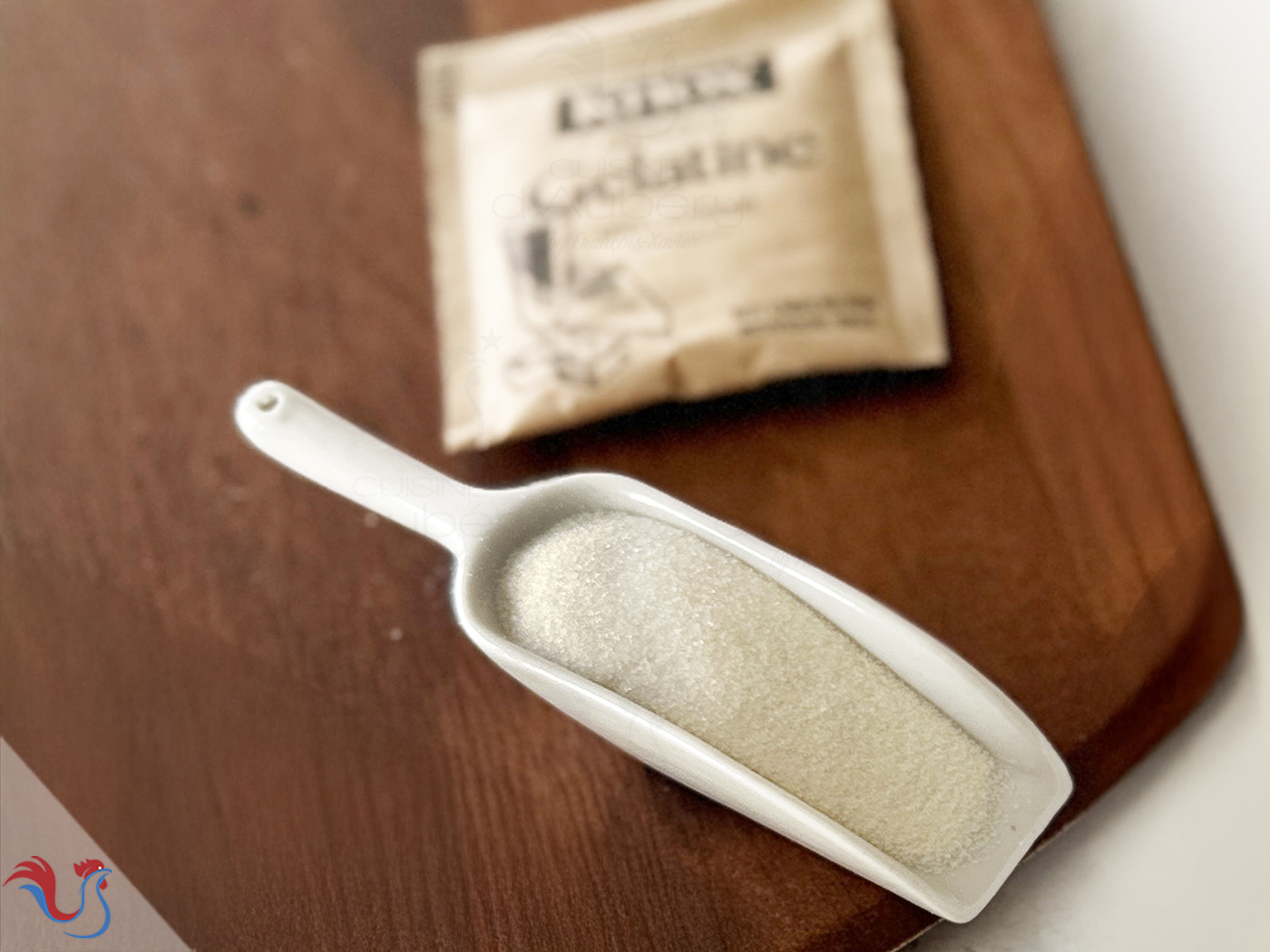
How to use it
Hydration
● Regardless of the type of gelatin used, it must be rehydrated in cold water (if possible with ice) before being incorporated into the mixture. Sheet gelatin must then be pressed and drained.
Incorporation
● Once rehydrated, it should be quickly poured into hot liquids.
Sheet Dosage
● 1 sheet of gelatin (about 6 g (0.21 oz ) to 2.5 g (0.08 oz )) requires 30 g ( 1 oz ) of cold water for rehydration.
Powder Dosage
● For powdered gelatin: 6 g (0.21 oz ) to 10 g (0.35 oz ) of gelatin for 200 g ( 7 oz ) of cold water.
The Bloom strength
Not all gelatins have the same gelling power. The Bloom degree is a measure that determines the gelling strength of gelatin. Specifically, it indicates a gelatin’s ability to form a gel of a specific quality under controlled conditions.
This scale is used by gelatin manufacturers to standardize the strength of the product so that pastry chefs and other food industry professionals can choose the gelatin best suited for their needs.
The "standard" degree is 200 bloom ("gold quality").
Weak gelatin (80-90 Bloom)
● Texture: Rather soft jelly. Applications: Used for light gels, jams, gummy candies, or products where a less firm texture is desired. Example: Fruit gels or desserts with soft gelatin.
Medium gelatin (100-120 Bloom)
● Texture: Firm yet flexible jelly. Applications: This is the most common gelatin, used in products like mousses, entremets, jelly cakes, or in industrial food products such as gummy candies and ice cream. Example: Cakes, mousses, and aspics.
Strong gelatin (150-200 Bloom)
● Texture: Very firm jelly, almost rigid. Applications: Used in preparations where a very firm jelly is required or in products that need to withstand higher temperatures. Example: Firm aspic jelly, gelling of heat-resistant food products.
Very strong gelatin (200-300 Bloom)
● Texture: Extremely firm jelly, with a very high gelling capacity. Applications: Primarily used in highly specialized products where a very solid texture is required, such as in certain pharmaceutical applications or in the manufacture of capsules.
The quality
Gold Quality Gelatin
● 200 Bloom. Very strong, produces a firm and solid gel.
Silver Quality Gelatin
● 120-150 Bloom. Moderate, gives a firm yet flexible gel.
Bronze Quality Gelatin
● 100 Bloom. Low, produces a flexible and less firm gel.
Platinum Quality Gelatin
● 250+ Bloom. Exceptional, produces a very firm and rigid gel.
Caveats
Timing
● It must be properly hydrated, and for that, wait 5 minutes in water.
Enzymes
● Some enzymes present in fruits (such as Pineapple, Kiwi, Mango) can prevent gelatin from setting. Solution: Boil these preparations for several minutes before adding the gelatin to reduce these enzymes.
The hydration temperature
● It must be hydrated in cold water, otherwise, it will melt! In summer, I always add ice cubes.
Incorporation temperature
● It must be added to a warm liquid. But if the liquid is boiling, it will be destroyed!
Water
● Must not be hard! I avoid tap water due to the chemical elements that can damage the gelatin. Prefer bottled water.
Pectin
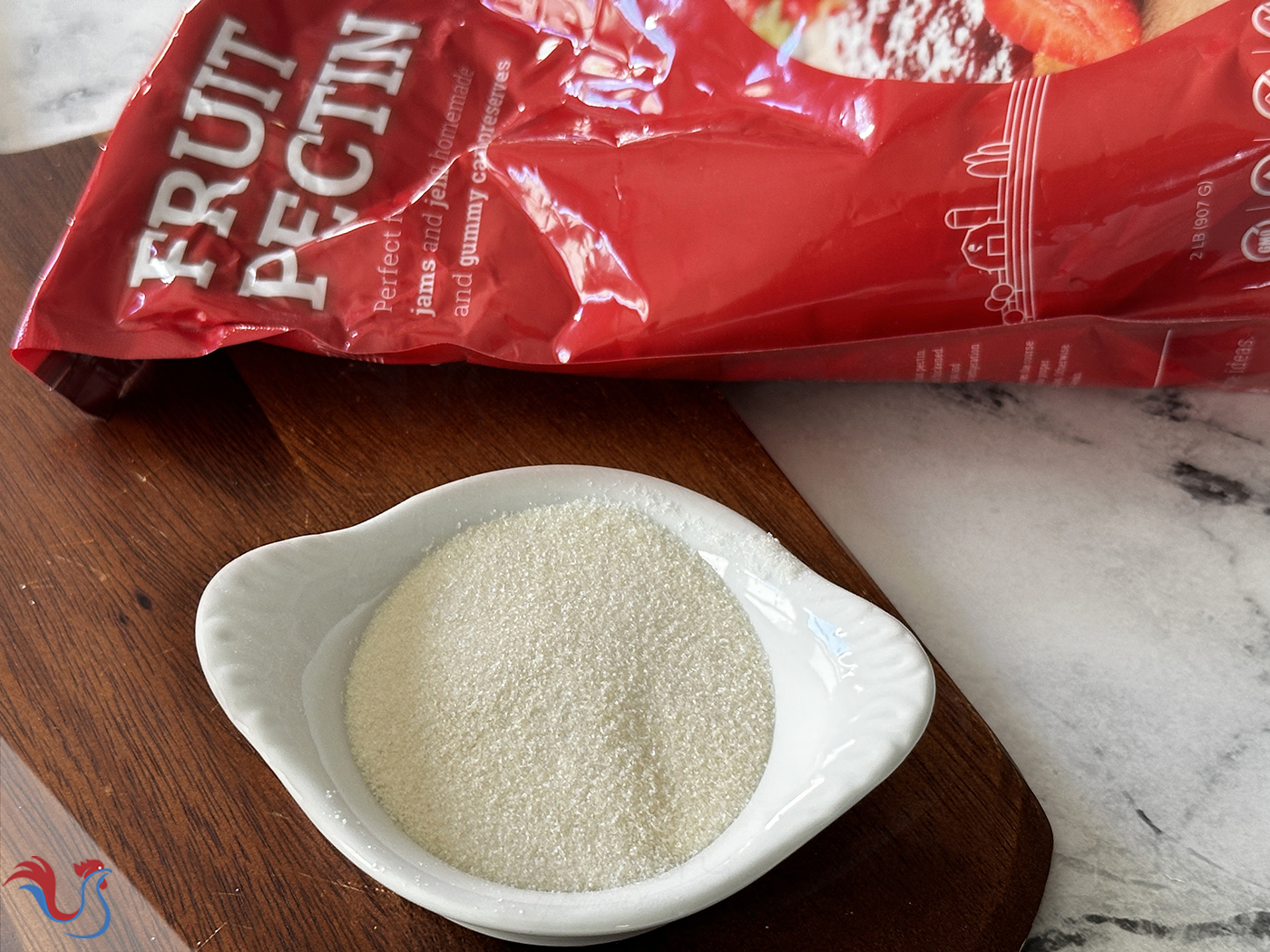
What is it ?
Pectin, a polysaccharide, is obtained from plant sources, notably apples and citrus fruits, by taking their seeds and peels, from which pectin is extracted.
It produces a tender jelly with a short texture, allowing for very pure flavors in the mouth.
Different Types
Several types of pectin are commonly used in pastry.
● Yellow pectin
● NH pectin
● X58 pectin
● 325 NH95 pectin
● Medium-fast setting pectin (RapidSet)
These different types are used for various applications, depending on the desired results, and are not interchangeable.
I personally mostly use NH Pectin (it’s the most common), but sometimes I need to use other pectins, especially because certain fruits or ingredients require it (NH doesn't always gel).
By reviewing their particularities, we can adapt their use for our recipes, so let’s go over this together!
How to use it
Heat
● No matter the type of pectin used, heat is necessary to trigger the gelling properties ("activation"). Therefore, the preparation must be boiled to activate the pectin.
Acidity
● The acidity of the mixture for apple pectin should be between 3.0 and 3.6 to ensure sufficient catalysis for gelling. This depends on the type of pectin. If the acidity is too high and the cooking is slow, the pectin may degrade and lose its gelling properties.
Calcium content
● Depending on the type of pectin, calcium content is needed.
Solid content
● Depending on the type of pectin, a minimum solid content is required.
Timing
● Preparations containing pectin should always be cooked as quickly as possible, to avoid the pectin degrading during cooking. No more than 30 seconds to 1 minute (sometimes longer, depending on the volume).
Caveats
Clumps
● To avoid clumps, mix the pectin with a soluble, like sugar, to ensure proper incorporation.
Enzymes
● Certain enzymes found in fruits (like Pineapple) can prevent pectin from gelling. Solution: Therefore, these preparations need to be boiled for several minutes before adding the pectin to reduce these enzymes before adding it.
Yellow Pectin
Yellow pectin is a natural gelling agent primarily extracted from citrus fruits, specifically designed for pastry and confectionery applications, such as jams, jellies, and certain fruit fillings. It is particularly valued for its quick gelling ability and its capacity to create firm gels even with a low sugar content.
Activation
● It is activated (gels) in an acidic and sugary environment.
Non Thermo-Reversible
● After gelling, this pectin cannot be remelted and reused without significantly losing its gelling properties
Usage
● It is ideal for fruit glazes, tart glazes, and jellies because it offers a soft texture and a beautiful shine. This allows glazes made with this pectin to remain stable, shiny, and flexible, even after several cycles through cold or hot temperatures.
Dosage
● For a light and glossy glaze, you can use about 10 g (0.35 oz ) per liter of liquid.
Pectin NH for Glazing
Pectin NH glazing is mainly extracted from fruits like apples and citrus fruits. However, it has undergone a specific treatment to make it a modified pectin. This treatment gives it thermo-reversible properties, distinguishing it from standard pectins.
Activation
● It is activated (gels) in an acidic and sugary environment.
Thermo-Reversible
● After gelling, pectin NH glazing can be remelted and reused without significantly losing its gelling properties.
Usage
● It is ideal for fruit glazes, tart glazes, and jellies because it offers a soft texture and a beautiful shine. This allows glazes made with pectin NH to remain stable, shiny, and flexible, even after several cycles through cold or hot temperatures.
Dosage
● 10 g (0.35 oz ) per Kg
Pectin X58
Pectin X58 is extracted from plant sources, mainly apples and citrus fruits. However, after extraction, it undergoes a chemical or enzymatic modification to reduce its methoxyl content. This modification allows it to gel in the presence of calcium instead of requiring a high sugar content or an acidic environment.
Activation
● The X58 pectin is activated by the presence of an acid (usually lemon juice or citric acid)
Thermo-Reversible
● After gelling, this pectin can be remelted and reused without significantly losing its gelling properties. It can also be frozen.
Usage
● Fruit-free glazes: It is useful in preparations with low sugar content or slightly acidic ones, where natural pectins like yellow pectin would not work. Professionals also prefer it when the preparations contain enzymes that prevent other pectins from setting (such as pineapple or passion fruit juice).
Dosage
● 15 g (0.52 oz ) per Kg
Pectin 325 NH95
The Pectin 325 NH95 is primarily extracted from pectin-rich fruits such as apples and citrus fruits, then modified to meet the requirements of modern glazing recipes.
Activation
● It is activated (gels) with the presence of Calcium.
Non Thermo-Reversible
● After gelling, this pectin cannot be remelted and reused without significantly losing its gelling properties
Usage
● Jams, Sauces
Dosage
● 0.5% to 1.5%
Pectin RapidSet
RapidSet Pectin is primarily extracted from pectin-rich fruits such as apples and citrus fruits, then modified to meet the requirements of modern glazing recipes.
Activation
● It activates (gels) very quickly, often in just a few minutes, mixed with a hot liquid. Another advantage is that RapidSet pectin can work with lower acidity.
Not very Thermo-Reversible
● After gelling, RapidSet pectin should not be heated too much once activated, as this could affect its gelling properties.
Usage
● Jams, Jellies, Fillings. As its name suggests, this pectin is "fast" – used to achieve a quick and firm set in confectionery and jelly preparations, where a quick and stable texture is essential. It doesn't require a very acidic environment, which is another advantage.
Dosage
● 1 g (0.03 oz ) to 3 g (0.1 oz ) per kg
Agar-Agar
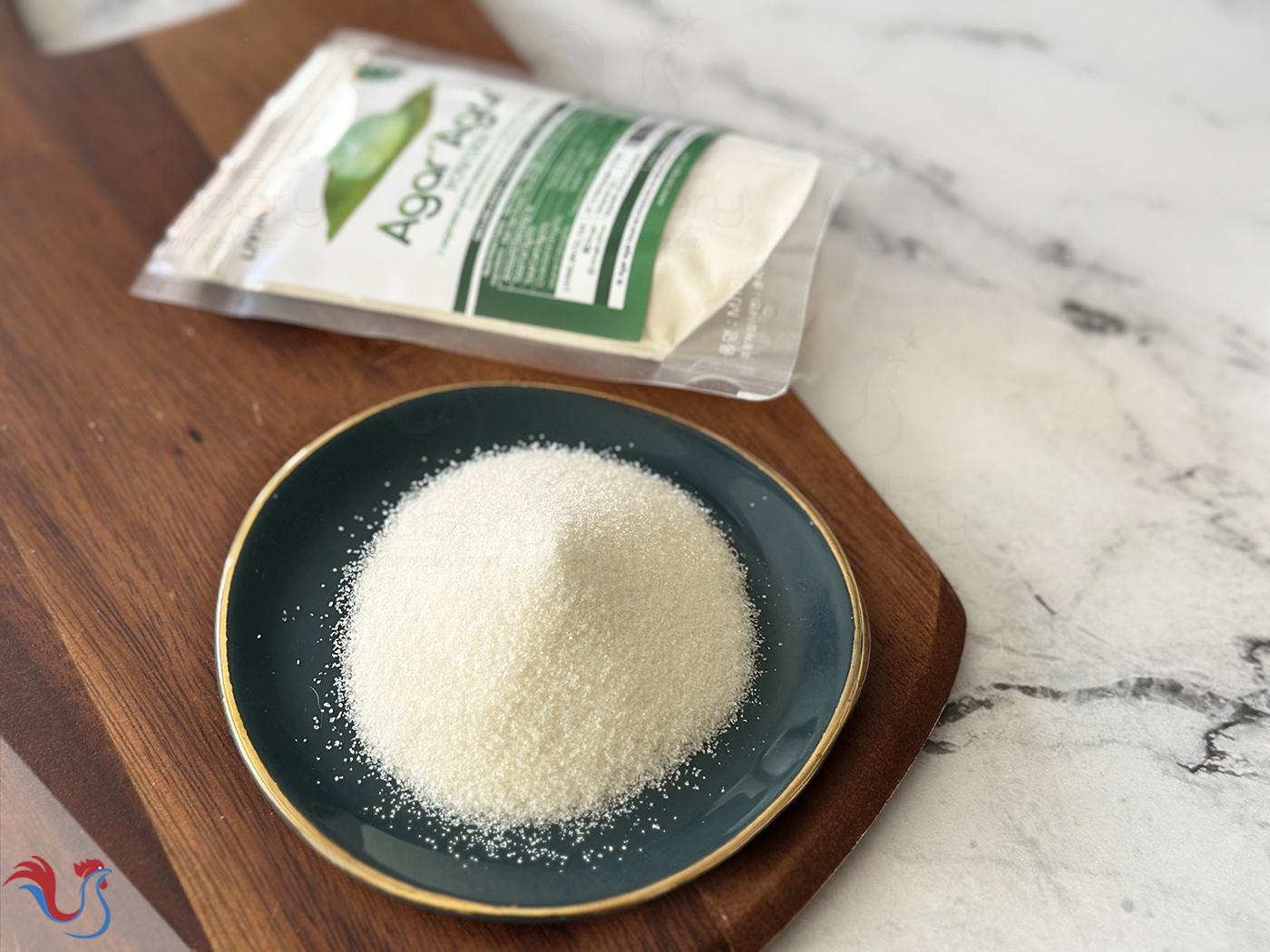
What is it ?
Agar-agar is a natural gelling agent derived from red algae, primarily from the Gracilaria algae. It is used in cooking as a vegan alternative to gelatin, as it is completely plant-based and suitable for those following a vegetarian or vegan diet.
Agar-agar is often used to gel liquids in preparations such as jellies, mousses, candies, and desserts.
You can easily find it online or in some grocery stores (organic section) or Asian markets.
How to use it
Incorporation
● Agar-agar must be dissolved in a hot liquid (such as water or fruit juice) and brought to a boil to release its gelling properties. After boiling, the mixture should be left to cool so that gelling can occur
Dosage
● Generally, use 1 g (0.03 oz ) to 2 g (0.07 oz ) of agar-agar per 100 g (¼ lbs ) of liquid to achieve a firm consistency. The dosage may vary depending on the desired texture, of course
Caveats
Freezing
● Agar-agar is sensitive to freezing, which is therefore not recommended. This is the main reason I never use it (except when following a chef’s recipe that specifies it)
Comparison with gelatin
Texture
● Agar-agar is firmer than gelatin.
Stability
● More stable at room temperature than gelatin and does not easily melt at at room temperature, while gelatin melts at at room temperature.
Equivalence
● The gelling ratio of agar-agar to gelatin is 4 to 5 times stronger. Use 1 g (0.03 oz ) of agar-agar to replace 4 g (0.14 oz ) to 5 g (0.17 oz ) of gelatin.
Standardization
● This ratio can vary greatly depending on the quality of the agar-agar brand, as unlike gelatin, agar-agar is not standardized (no 'bloom' rating).
Usage
● Different uses, as gelatin must be hydrated. Also, gelatin can be frozen, while agar-agar cannot!
Xanthan Gum
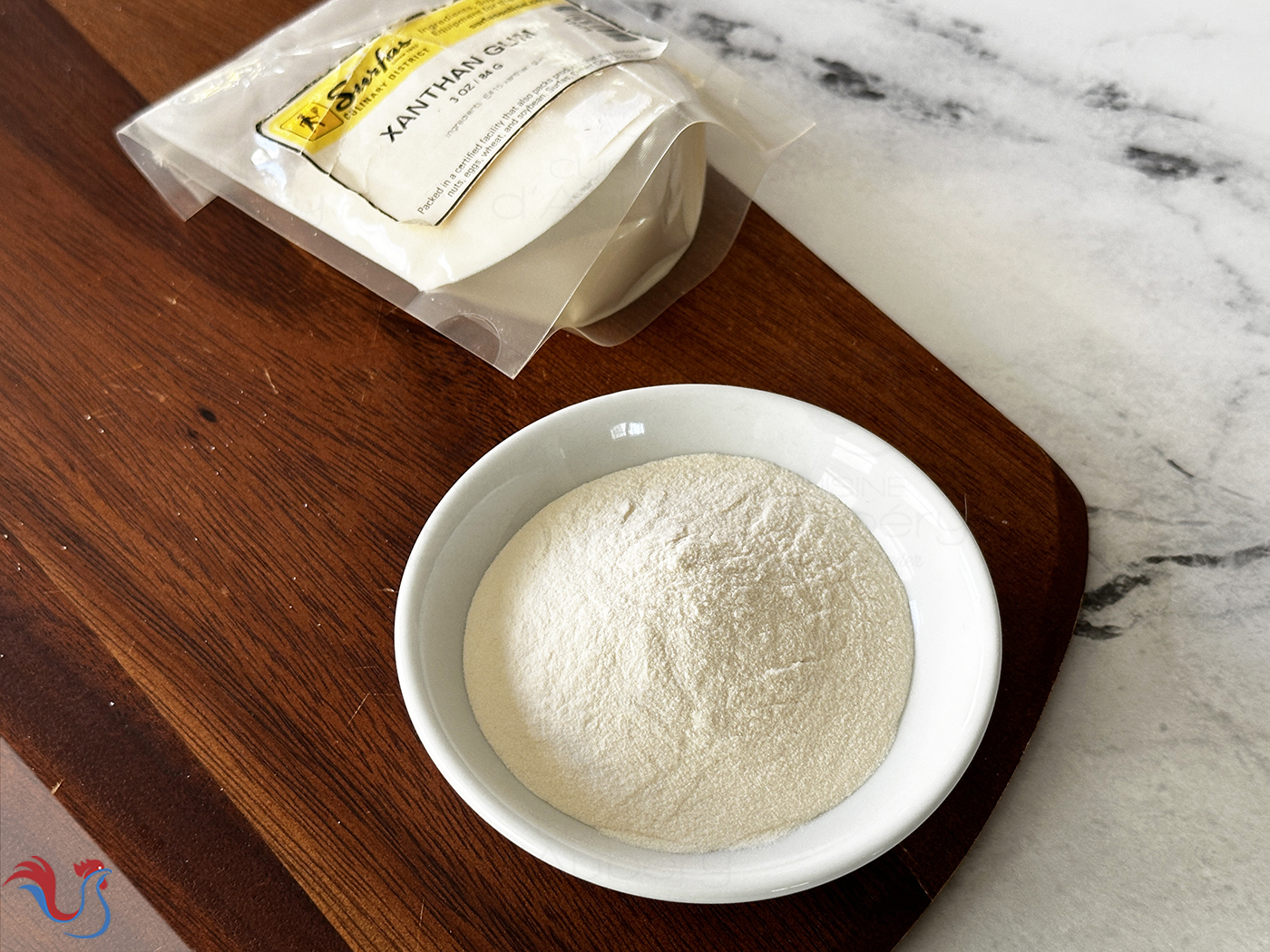
What is it ?
Xanthan Gum is a gelling agent produced by bacterial fermentation of sugars by the bacterium Xanthomonas campestris. This gum is widely used in both food and non-food applications due to its stabilizing, thickening, and gelling properties.
Xanthan is commonly used to thicken sauces, soups, dressings, and other liquid products, especially in gluten-free products to improve texture. In baking, it’s used to gel sauces.
In gluten-free recipes, xanthan gum is often combined with other gluten-free flours to create a more elastic dough.
How to use it
Incorporation
● Xanthan gum is soluble in both cold and hot water, making it a versatile ingredient for various food formulations. No heat is required: Xanthan gum dissolves in cold or hot water, so there is no need to heat the liquid before adding it. Once the xanthan gum is added, it is helpful to let the mixture rest for 10-15 minutes to allow the gum to reach its full thickening potential.
Stabilizing Properties
● It is also used to prevent ingredient separation in products like beverages and dairy.
Dosage
● Add 1/4 to 1/2 teaspoon of xanthan gum for 250 g ( 9 oz ) of liquid
Caveats
Lumps
● Xanthan gum must be well dispersed in the liquid to prevent lumps from forming. To incorporate it properly, it is recommended to sprinkle the xanthan gum over the liquid while whisking vigorously.
Comparison with gelatin
Equivalence
● The gelling ratio is 2. Plan for 1 sheet of gelatin (about 2 g (0.07 oz )) for every 1.5 g (0.05 oz ) to 1 g (0.03 oz ) of xanthan gum.
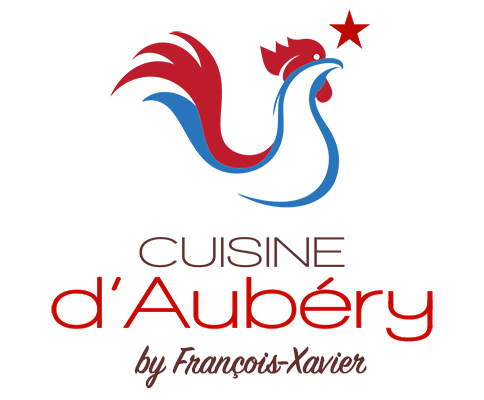
 French Version
French Version 